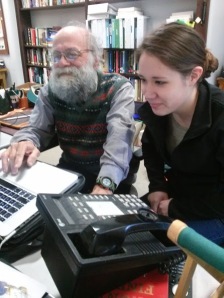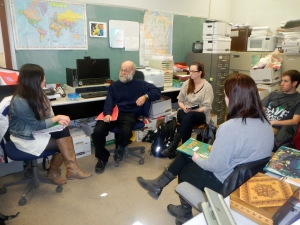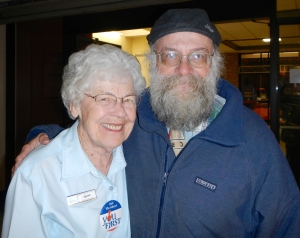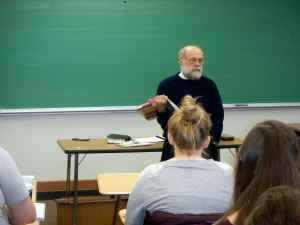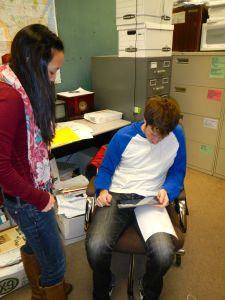Introduction to Edynco—and research assistant Angela: Click me.
Review of Edynco by Angela Wong
Things I really like: Edynco is a multi-feature learning tool for educators. Created in Slovenia two years ago, this tool provides easy-to-use templates for creating learning maps. The creators of the software are quick to distinguish between mind maps, which are usually used for brainstorming and planning, and learning maps. Reminiscent of Prezi [which I, DS, personally find dazzlingly distracting]. Edynco’s setup is different because its learning maps allow for additional media, clarity, discussion and communication between educator and student, and numerous kinds of interaction. The blended learning method style is intended to help anyone who wants to educate others. Overall, Edynco is well-thought out with a beautiful design.
Areas in need of improvement. There are a few areas that still need improvement. Throughout the website, users will find quite a few spelling and grammatical errors. ESL users in particular may suffer from these translation errors. Users unfamiliar with dynamic technologies may too quickly become overwhelmed. For better UI, the learning map module should integrate a “snap to grid feature” (as illustrated on Microsoft, Adobe, and LucidPress software). Lastly, the tutorial that automatically pops up every time when entering a learning map is slightly annoying, as it can be accessed anytime.
Despite these minor and relatively unimportant flaws, Edynco is incredibly sleek and promising. The user is not left wanting for a “share” feature to post on social media. Edynco also has an export to computer feature that is inaccessible to non-subscribers. The interface is dynamic, responsive, and relatively easy-to-use. In addition to the learning map software, all users have access to additional content, including micro-lectures, quizzes, videos, images, audio, and more- all of which can be seamlessly added to the user’s customizable learning map. The developers have left room for expansion to release even more educational tools and are to be praised for the present wonderful-work-in-progress. Educators and students alike should be excited for this beta software to go live—and in the interim, to try it and to provide constructive feedback for improvement.
Here is an example of a learning map which Angela created using Eydynco: Angela’s example of Iranian Women in Film.

